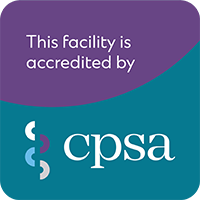Vivo Cura Health Blog
Read the latest from the Vivo Cura team, featuring posts about our research studies, helpful medical, and perspectives on innovations in treating muskuloskeletal pain.
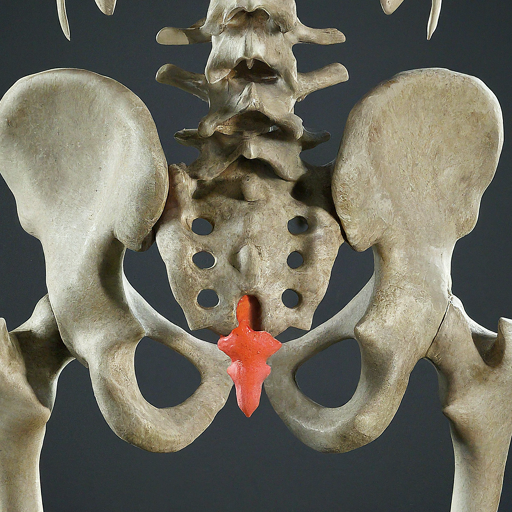
Burnham papers
In this post, I wish to highlight the work of an outstanding physician who keeps on keeping on. Not only is he a wonderful physiatrist and interventionalist, but he’s just a wonderful humble human being. He’s also our medical director at Vivo Cura and my birthday is coming up 😉. Anyway, one of the tenants we practice by at Vivo Cura – is innovation – and essentially we ask ourselves: Can we do things better or differently to benefit the patient. This year alone, Dr Robert Burnham has published 3 papers on such innovations. I have highlighted one previously regarding our data on PRP injections into the lumbar spine disc. However there are another two that have recently been published.
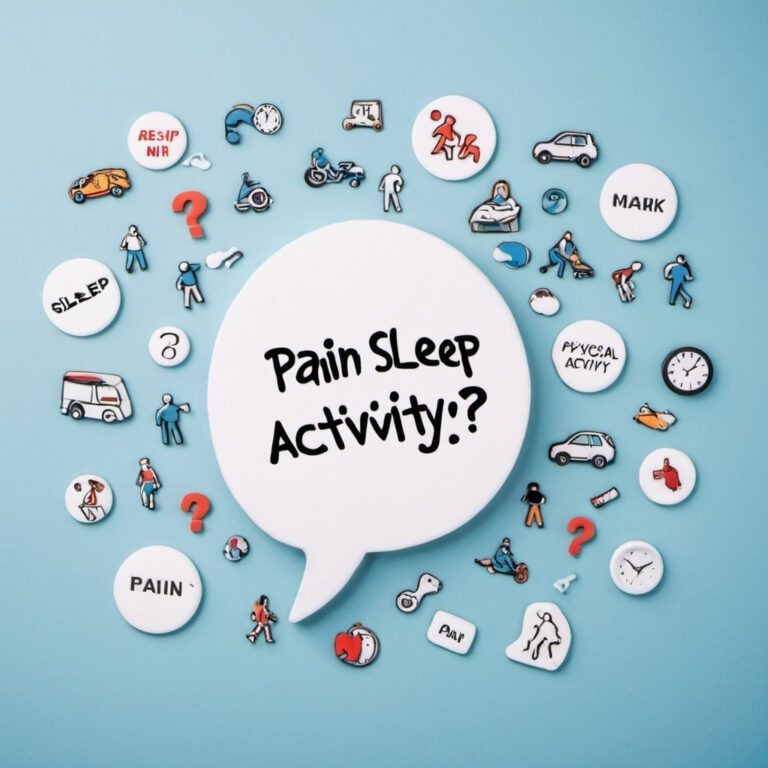
The Physiotherapy Foundation of Canada Is Helping Us to Investigate the Relationship Between Pain, Sleep and Physical Activity
We are very fortunate to receive a Research Grant in The Future Role of Physiotherapy in Primary Care fom the the Physiotherapy Foundation of Canada to investigate the effects of pain, sleep and physical outcome in people with chronic whiplash-associated disorders. The primary investigator for this successful grant is the quite brilliant Lisa Jasper from the University of Alberta. What are we studying: “Physiological Measures Associated With Poor Health Outcomes in Chronic WAD: A Cross-Lagged Panel Analysis of Fitness Tracker Data” That all sounds a little complicated.
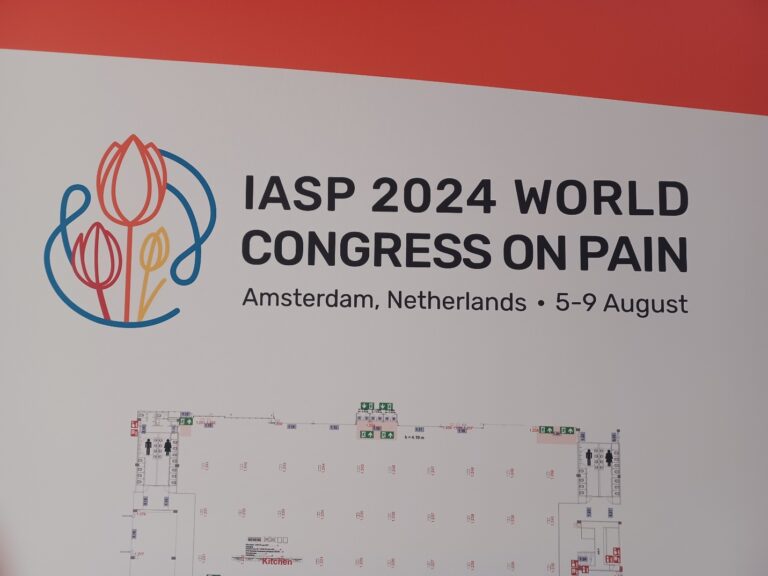
World Congress of Pain Wrap
The 50th anniversary of the World Congress of Pain is over. A final day of lectures, posters and workshops is complete. What did I learn today? Internet delivered physiotherapy? A couple of very informative posters and engaging presenters discussed the challenge of chronic whiplash. Firstly, Peterson and her team presented the results of their recent clinical trial. 140 people were randomized to a) twice weekly in-person physiotherapy incorporating education and supervised exercise or b) internet delivered physiotherapy with exercises…
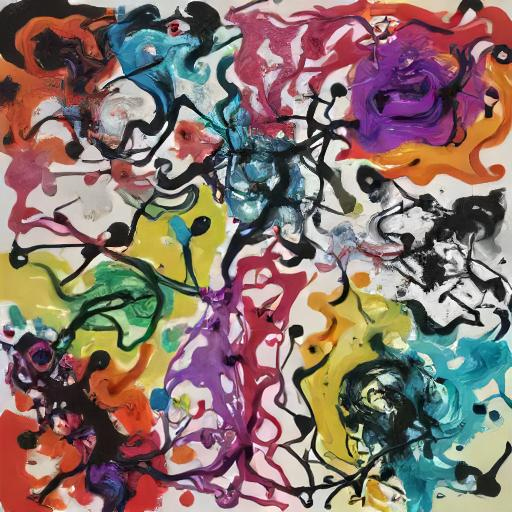
Nobel Prize for Medicine
I’ve never had the chance to listen to or meet Nobel prize winners. Today was the day. Basic science royalty in the house at the World Congress of Pain. PIEZO channels – say what? Dr Patapoutian has performed research investigating sensory modalities, and most particularly, that of pressure and proprioception. His lab identified PIEZO1 and PIEZO2, mechanically active ion channels that are expressed in mechanosensitive cell types (I copied that from the abstract!!!)
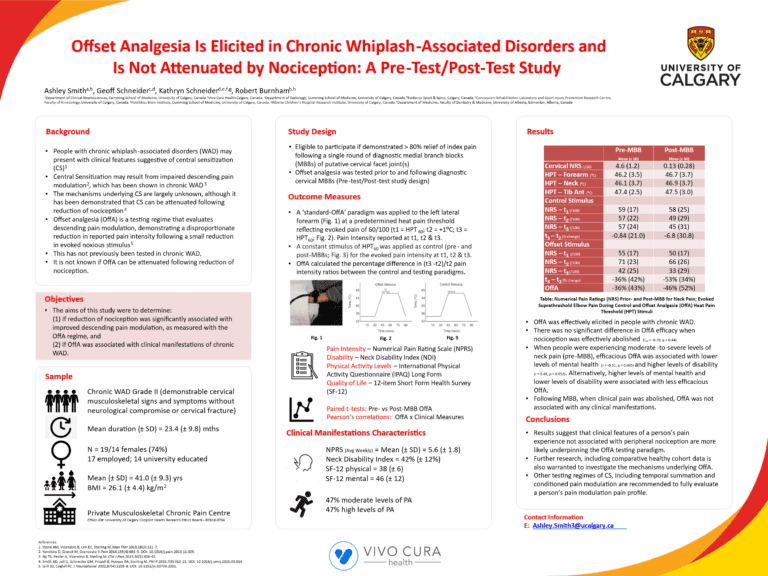
Central Sensitization – Or Is It
I have blogged on this previously, but a very hot topic at the World Congress of Pain has involved the topic and appropriate use of the terminology involving Central Sensitization (CS). In essence, this term has been abused by many over the years. The definition very clearly relates to a physiological response within the central nervous system. However, it has been co-opted by clinicians to help provide an explanation for ‘unexplained pain’. In essence, this needs to stop. Clinicians should not be using this word – it is not a diagnosis.

International Association for the Study of Pain
This week is a privilege. I am attending the World Congress of Pain, whereby 3500 delegates from 102 countries come and share their passion for pain. There are basic scientists, clinicians, academics, imagers, interventionists, research staff, students and people with lived experiences of pain (PWLE). All are dedicated in understanding pain further to assist the broader community in their journey to a rewarding life. It is also the 50th anniversary of IASP. I have attended 8 congresses in person and the one virtual congress in 2021, so it is a favourite.
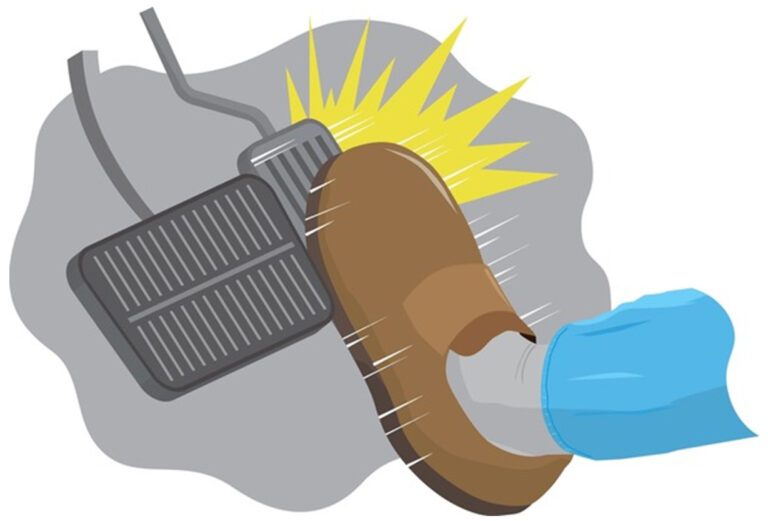
Accelerator and Brakes for Pain Transmission
My last post resulted in a particularly good question – given that there were top-down measures of central nervous system (CNS) hyperexcitability evident in the person with lived experience ( PWLE) pain, how do you test for temporal summation (TS) and conditioned pain modulation (CPM). Great question, and apologies for the oversight in not covering that ahead of time. Well, here goes. Temporal Summation (TS) – the accelerator Temporal summation and CPM are terms used to describe central nervous system (CNS) transmission and processing of pain.

What Pain Is and What Pain Is Not?
Persistent pain is complex – and that’s the easy place to start! I’ll get to the operational definition of pain shortly. But I was reminded this week that some clinicians are not thinking of pain mechanisms when treating patients. I was tasked with reviewing a person’s progress, months after they decided to pursue further conservative rehabilitation following an initial evaluation of their persistent pain following a motor vehicle collision approximately 18 months previously.
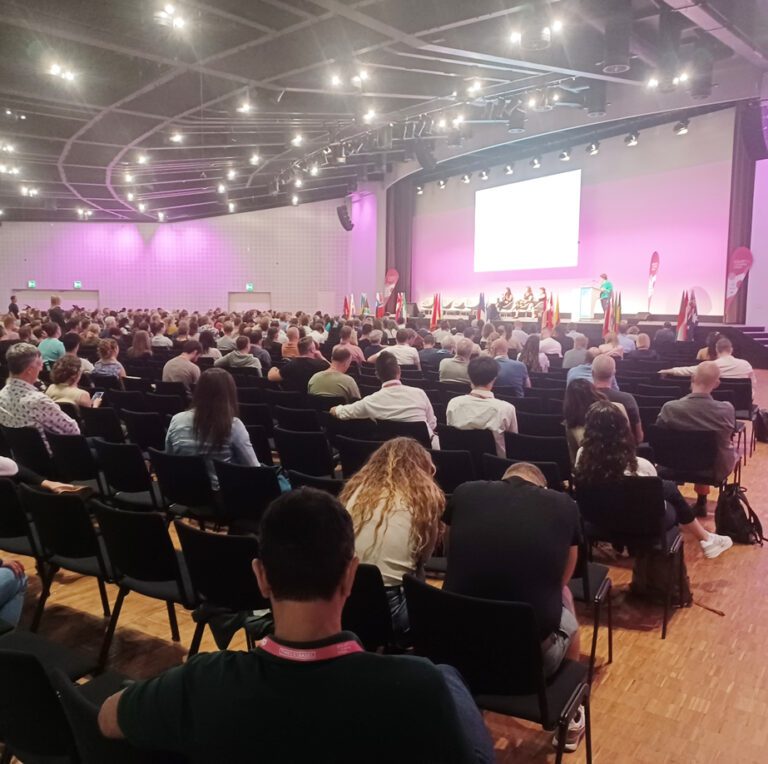
Central Sensitization: Evaluation and Modulation at IFOMPT – Conference Musings
Well, that was fun. I was honored and privileged to speak at the quadrennial IFOMPT physiotherapy conference in Basel, Switzerland. I love catching up with professional colleagues from across the globe, especially ones that tolerate my nerdiness for science. To be surrounded by others passionate about musculoskeletal pain and research is fantastic. So, what’s new you may be asking.




